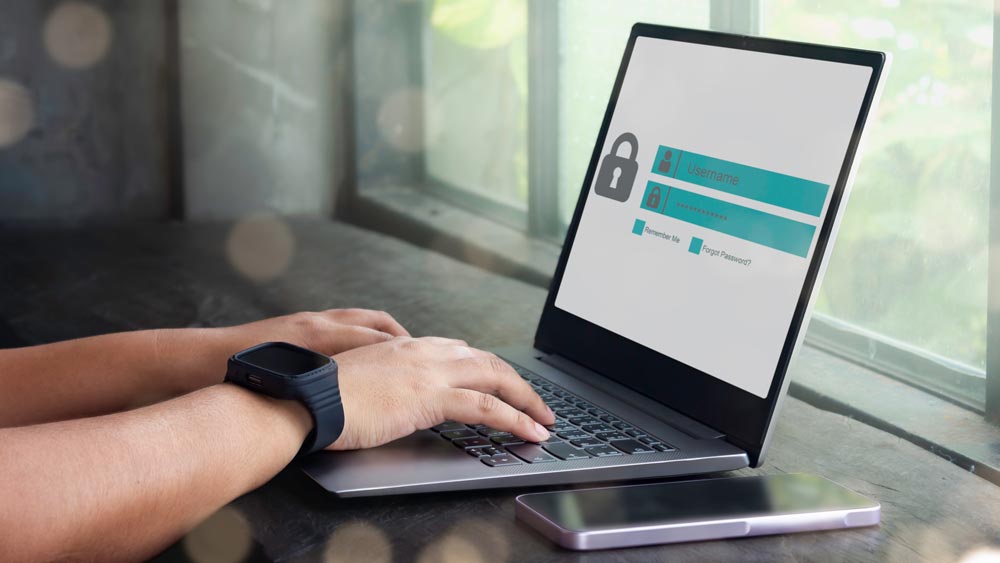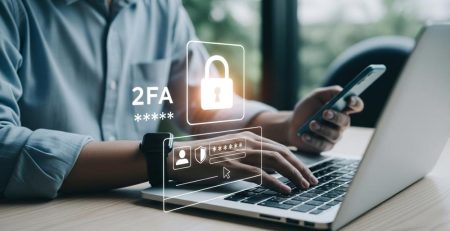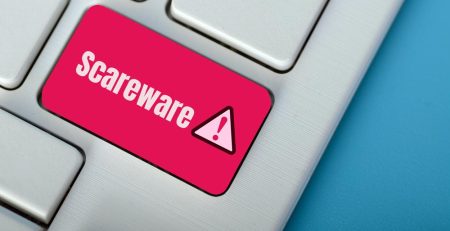Phishing Attacks Can Now Mimic Your Organization’s Login Page in Real Time
Editor’s note: In recognition of National Cybersecurity Awareness Month this October, we are publishing a series of blog posts dedicated to educating and informing you about cybersecurity practices. This is the 12th in a series of posts. Below, you can find a list of links to the rest of the series:
- FBI’s Warning: How to Protect Yourself from AI-powered Schemes
- Stuck on Windows 10? Here Are Your Options After Support Ends
- Job Scam Texts are On the Rise: Here are 5 Red Flags to Watch Out For
- Balance in Cybersecurity: Lock the Doors Before Boarding the Windows
- What is a Vishing Scam and How Do I Protect Myself?
- The CIA of Data Security: What It Means and Why It Matters
- Top 3 Cybersecurity Trends We Uncovered from GrrCON 2025
- Why MDR is the Security Team Your Organization Needs
- BYOD for Smartphones: Balancing Security, Privacy and Cost
- Ransomware Is Getting Smarter: How AI Is Changing the Threat Landscape
- Numbers Don’t Lie: Phishing Training Works
- Traveling for Work? Here are the Best and Worst Ways to Connect.
- Why You Should Care About Your Organization’s Security Culture Score
Personalized sign-in pages help defend against many phishing attacks, but emerging software allows hackers to use those branded login pages to conceal their malicious attacks.
Attackers can create real-looking phishing pages instantly using a phishing-as-a-service toolkit, all while customizing the page for whoever they’re targeting.
Creating fake login pages isn’t anything new, as it’s a common way to trick people into giving away their Microsoft credentials.
What’s new about this attack is the attacker doesn’t need to create these fake pages ahead of time and doesn’t need coding experience to do it. The toolkit does the hard work for them in real time and on a massive scale.
Let’s talk about how these attacks happen and what you can do to protect yourself and your organization.
How Does This Phishing Attack Work?
Like most phishing attacks, the victim will receive an email asking them to do something with a sense of urgency. It can ask you to click a link because you were logged out of your account, new software needs to be installed or to update your password.
The goal is to use that sense of urgency against you, hoping you click the link without thinking twice.
The malicious link takes you to a website that can automatically get the logo and other branding elements of your company, tricking you into thinking it is your customized login page.
Additionally, attackers can auto-fill your email address and password, making it seem as if you’ve visited the site before or your password manager is filling in the forms.
Once you enter your credentials, they are sent to the attacker, and you are redirected to the legitimate site you intended to visit all along, making it seem as if nothing happened.
Attackers are always looking for new ways to trick people, and this is just another example of how malicious attacks are constantly evolving. Security-educated employees often are the difference between a failed and successful cybersecurity attack.
How Do I Protect Myself?
Protecting yourself against these kinds of attacks really is no different from any other phishing attack.
The main takeaway is to think before you click. Verify that any links/attachments are legitimate before clicking or opening them. Unexpected emails, texts or calls asking you to click links, download attachments or provide information should raise red flags.
Some other tips to keep you and your organization safe:
- Check who the email is from. Look for misspellings or suspicious addresses, such as “@microsoft-info.com” instead of “@microsoft.com.”
- Hover your cursor over links to ensure they are redirecting you to a legitimate site.
- If you’re not sure if it’s real, navigate to the site yourself rather than clicking any links.
- If a link does take you to a login page, look at the URL to make sure it’s the real site.
- Always have multifactor authentication enabled for your online accounts. MFA can prevent attackers from accessing your account even if they have your username and password.
- Use app-based MFA rather than an email or SMS code, as they are generally more secure.
The goal of this phishing attack is no different from any other phishing attack, but the approach is different, which is why it’s important to always remain vigilant.
Attackers are always looking for new ways to trick people, and this is just another example of how malicious attacks are constantly evolving.
Stay Alert, Stay Secure
Security-educated employees often are the difference between a failed and successful cybersecurity attack.
Don’t wait until a phishing email has wreaked havoc on your organization! Contact us to schedule a consultation. Our phishing training turns your employees into a first line of defense before that click costs you every
Stay updated! Get tips and insights delivered to your inbox weekly by subscribing to our newsletter.











